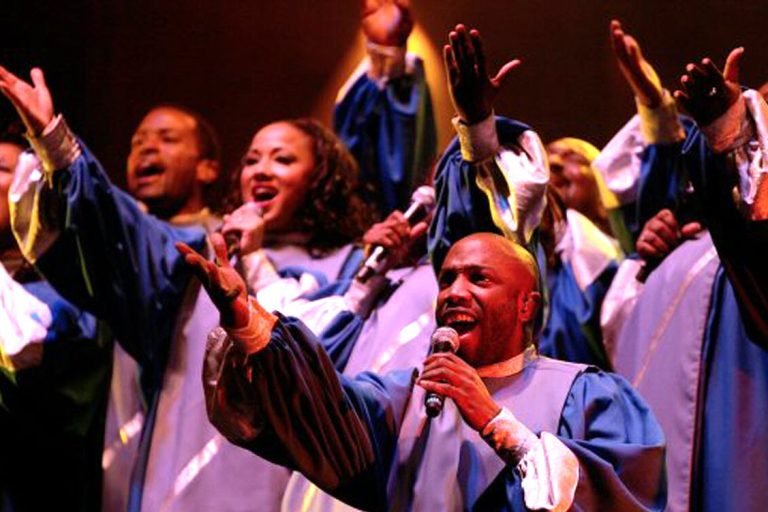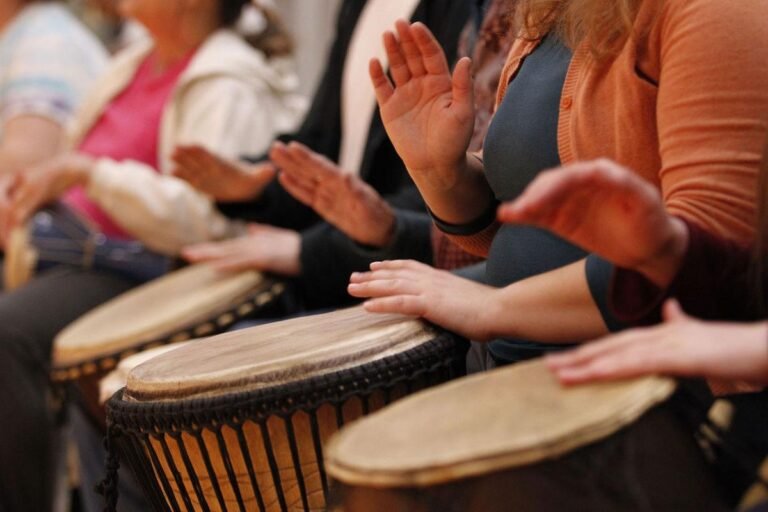Spatial Transcendence: When Congregational Experiences Leave the Sanctuary
What happens when religion leaves the congregation? From coffee shops to living rooms, people engage with religious texts, sermons, and traditions wherever they can access them. Religion cannot be confined to a physical space. Nor are religious practices confined to those who identify as religious. Many people identify as disaffiliated from a religious tradition, ‘spiritual…



